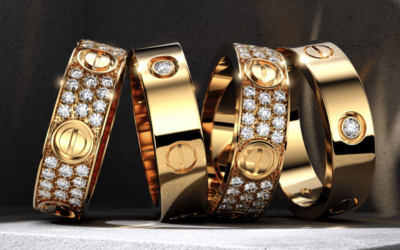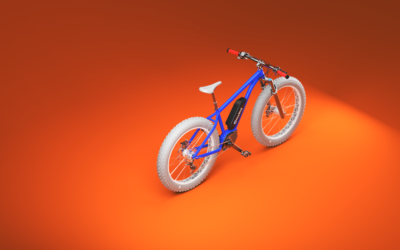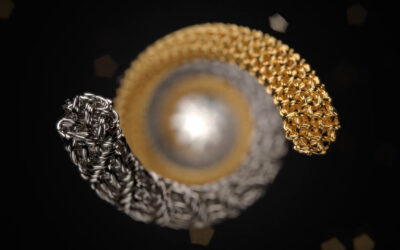KeyShot’s Lighting Presets offer options for a wide range of product rendering needs and the ability to create your own lighting scenarios. Here, we’ll compare the differences for each preset and learn how to choose which setting is best for your scene.
KeyShot Lighting Presets
The lighting presets are located in the Lighting tab of the Project panel. There are five presets, plus a Custom preset that is automatically enabled if you adjustment any of the settings for the other preset. Custom is also the option to create and save your own lighting presets.
This Triwa Falken Watch model, created by Esben Oxholm, is available for download on KeyShot Cloud.
Performance Mode
First on the list is Performance Mode. This preset disables the Environment Lighting, General Lighting, and Rendering Technique option optimizing the scene for speed but removing detail like shadows and reflections, making it the perfect preset for faster performance.
Basic
Next is Basic. This is the default lighting preset. It’s a step above Performance Mode in terms of realism with Ray Bounces and Self-Shadows enabled. This preset is a great place to start, especially if you need a quick turnaround with a decent level of realism.
Product, Interior, and Jewelry
The next three presets, Product, Interior, and Jewelry, are generally the most used for photorealistic renders. Each of these will increase the amount of Ray Bounces and toggle additional settings such as Caustics for enhanced image quality.
The difference between Product and Interior is how light is bounced around the environment. With Product enabled, light will be more directly focused on the subject of your scene. Whereas, Interior spreads more light throughout the environment, as you can see with that higher Global Illumination value.
Jewelry uses the full power of KeyShot to light your scene. It’s the most intensive preset, with the highest number of Ray Bounces, Shadow Quality, and Caustics. This setting will make scenes with high detail and an array of materials – even non-jewelry scenes – look awesome, but just be aware of longer render times with this one enabled.
Lighting Preset Comparison
Let’s quickly look at a direct comparisons between these lighting presets. The first is Basic. Take note of the highlights and shadows, the way the glass is reflecting, and let’s compare it to Product. They look fairly similar, but the quality in shadows and highlights has increased slightly.
This third image uses the Interior preset. You can see a definitely see an improvement in how the glass appears compared to Basic.
And lastly, with Jewelry, you can see a big difference from the Basic preset. The lighting feels more natural and balanced. With Caustics enabled, we’re getting the most realistic representation of light passing through glass. Here’s one more comparison of the Basic and Interior presets.
Now remember, choosing a lighting preset is entirely dependent on your scene, hardware, and end goal. The available presets are a quick way to hone in on your desired result and, if you render a lot of the same types of scenes, offers the ability to create your own custom preset to use across other scenes. Dive in and experiment for yourself!
Using Lighting presets in KeyShot is an easy way to use the power of KeyShot to light your scene. If you’re interested in learning more about the settings and other lighting capabilities in KeyShot visit the Lighting tab section in the KeyShot manual.
What Can You Create?
We would love to see what you create with this tip. Visit the KeyShot Amazing Shots forum to see what others are creating and share your own work. And if you have a suggestion for another tip share it in the comments below.










0 Comments